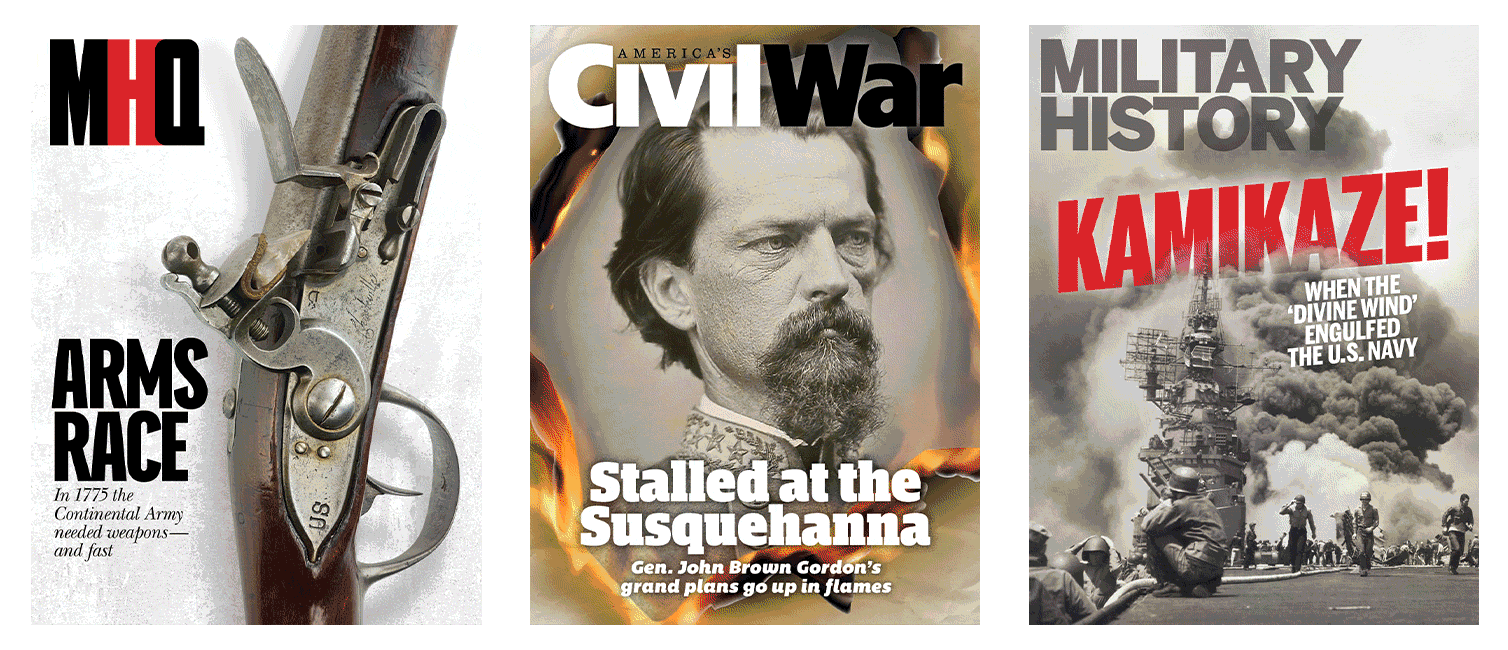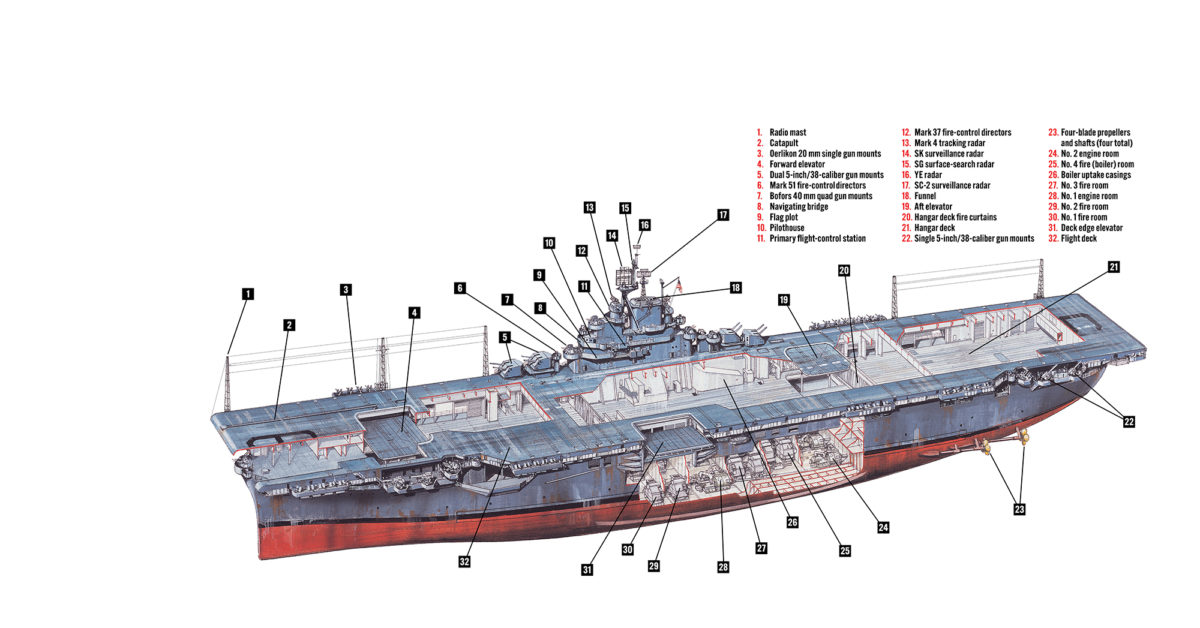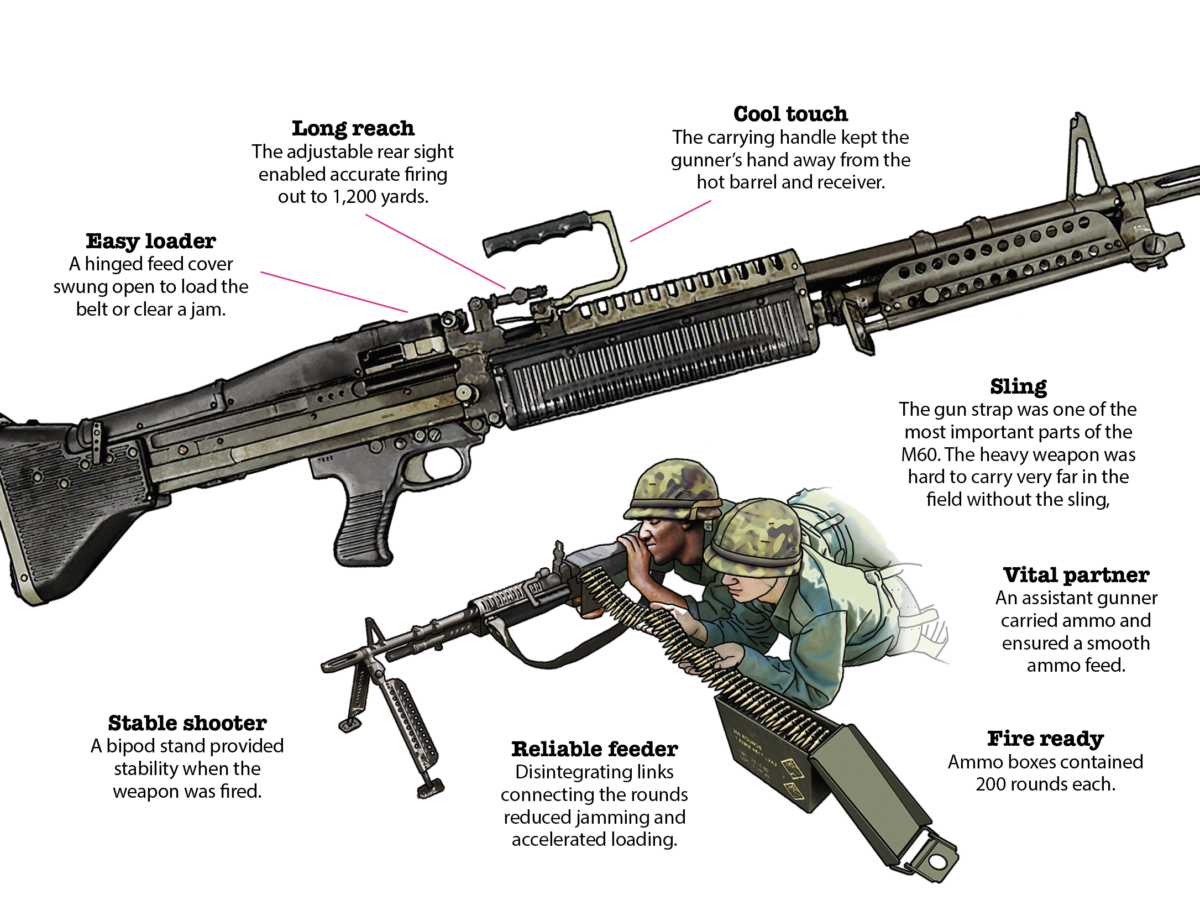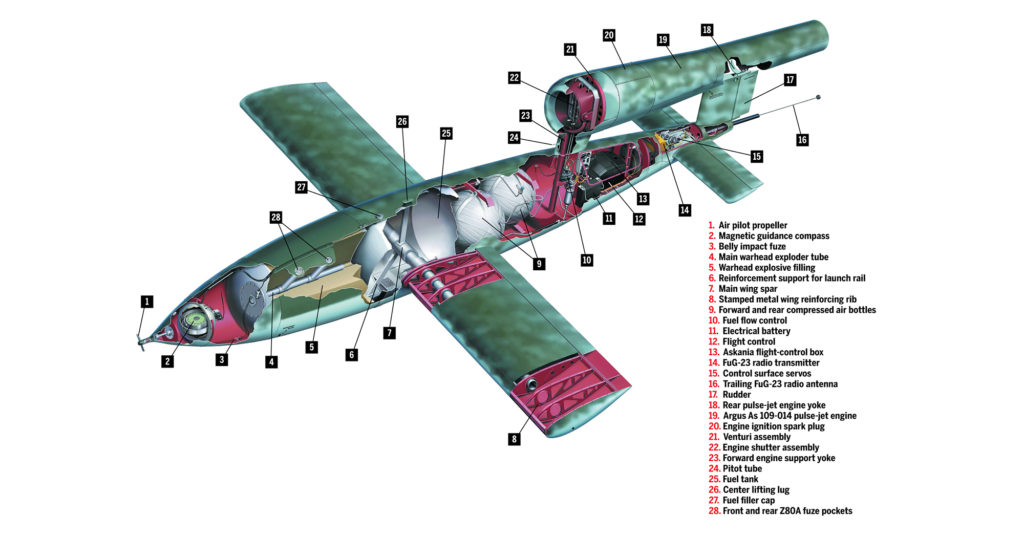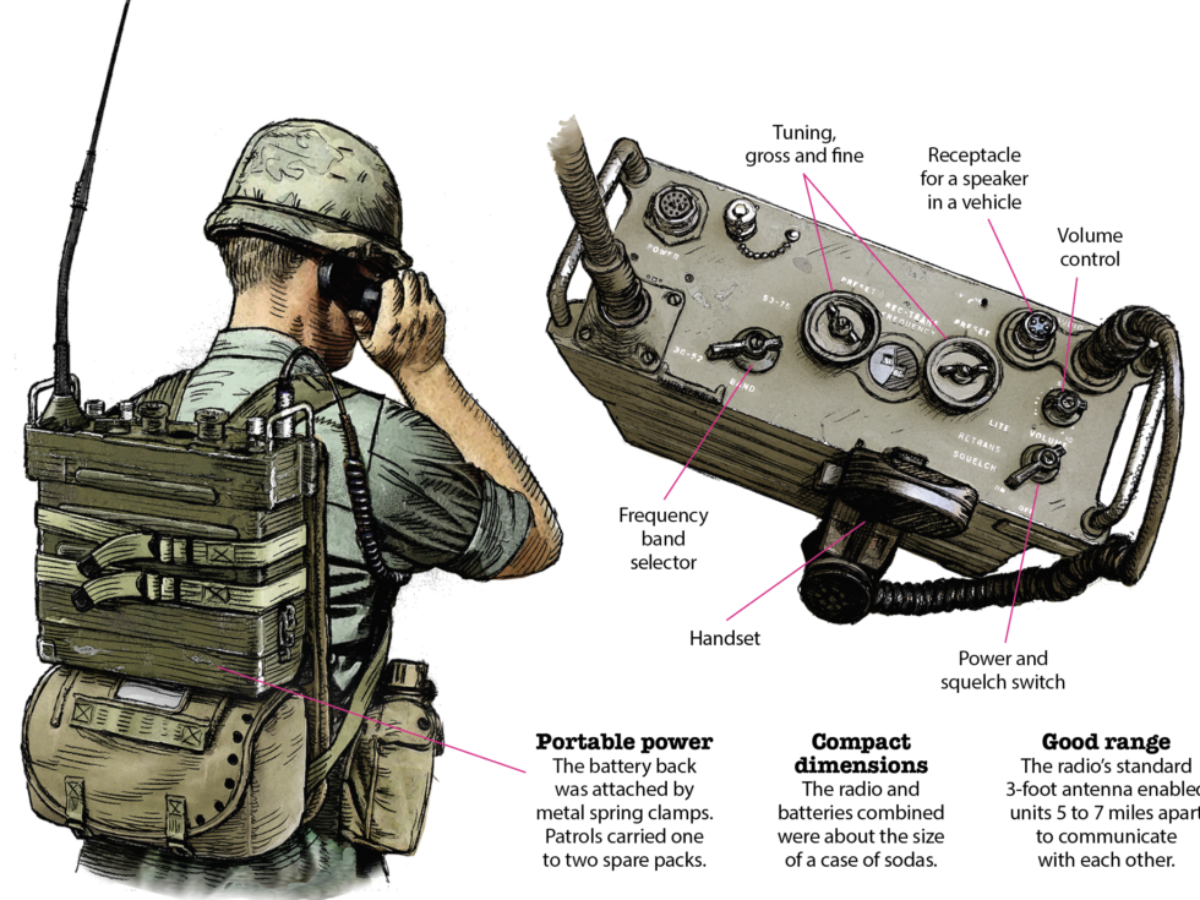ESSEX-CLASS AIRCRAFT CARRIER
Propulsion: Four sets of Westinghouse steam turbines, with eight Babcock & Wilcox oil-fired boilers, producing 150,000 shaft horsepower
Length: 872 feet (888 feet for long hull)
Beam: 93 feet
Draft (full load): 27 feet, 6 inches
Displacement (standard): 30,800 tons
Displacement (full load): 36,380 tons (short hull) or 46,380 tons (long hull)
Maximum speed: 33 knots
Range: 20,000 nautical miles at 15 knots
Complement: 2,600–3,400 men
Recommended for you
Ordered by the U.S. Navy in 1940, the 30,800-ton Essex-class aircraft carrier was a logical improvement over the 19,800-ton Yorktown (CV-5) class. No longer bound by construction limitations imposed by the 1922 Washington Naval Treaty, the United States designed the class to steam faster, carry more and heavier aircraft, and better protect itself. From the time Essex (CV-9) and sister ship Yorktown (CV-10), with the light carrier Independence (CVL-22), launched their first strike, against Marcus Island on Aug. 31, 1943, the class proved able to survive tremendous punishment—most dramatically demonstrated in 1945 by the battle-damaged Franklin (CV-13) and Bunker Hill (CV-17).
The class was also adaptable to a series of improvements, including lengthened decks on several carriers. Air groups initially totaled 90 aircraft per carrier, 36 of which were fighters, 36 dive bombers and 18 torpedo bombers. By December 1944 the composition had changed to 73 fighters (four of which were radar-equipped Grumman F6F-5N Hellcat or Vought F4U-2 Corsair night fighters), 15 dive bombers (with fighters also shouldering that role) and 15 torpedo bombers. Though the built-in deck catapults saw little use at first, up-armored planes required the carriers to launch up to 40 percent of their aircraft by 1945.
More Essex-class ships were built than any other carrier class in history, with 14 of the 24 completed contributing significantly to the Allied campaign in the Pacific and the attendant destruction of the Imperial Japanese Navy. Some served on in Korea, Vietnam and the Cold War, with the space program and in training roles. The last of the class to retire, in 1991, was Lexington (CV-16), the onetime flagship of Task Force 58. Surviving examples serve as museum ships—Yorktown in Mount Pleasant, South Carolina; Intrepid (CV-11) in New York City; Hornet (CV-12) in Alameda, California; and Lexington in Corpus Christi, Texas. MH
historynet magazines
Our 9 best-selling history titles feature in-depth storytelling and iconic imagery to engage and inform on the people, the wars, and the events that shaped America and the world.
